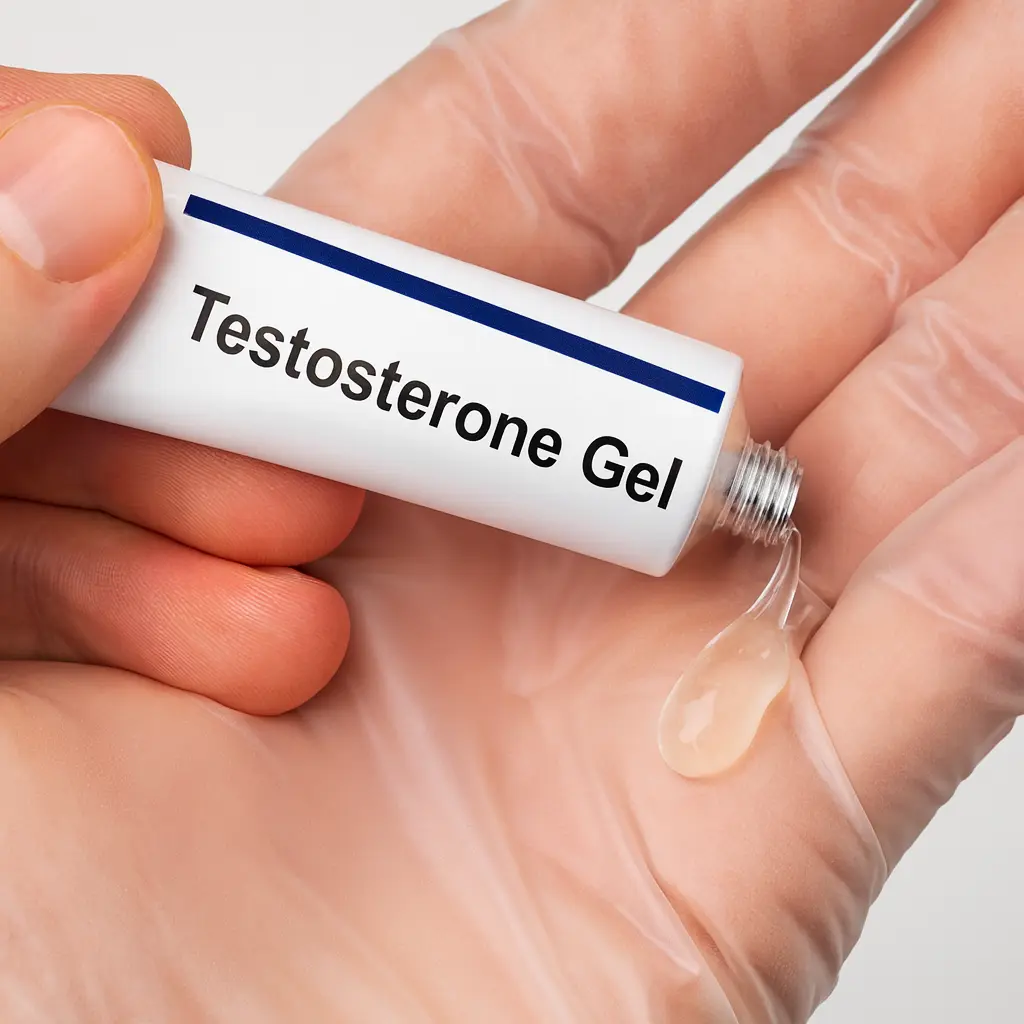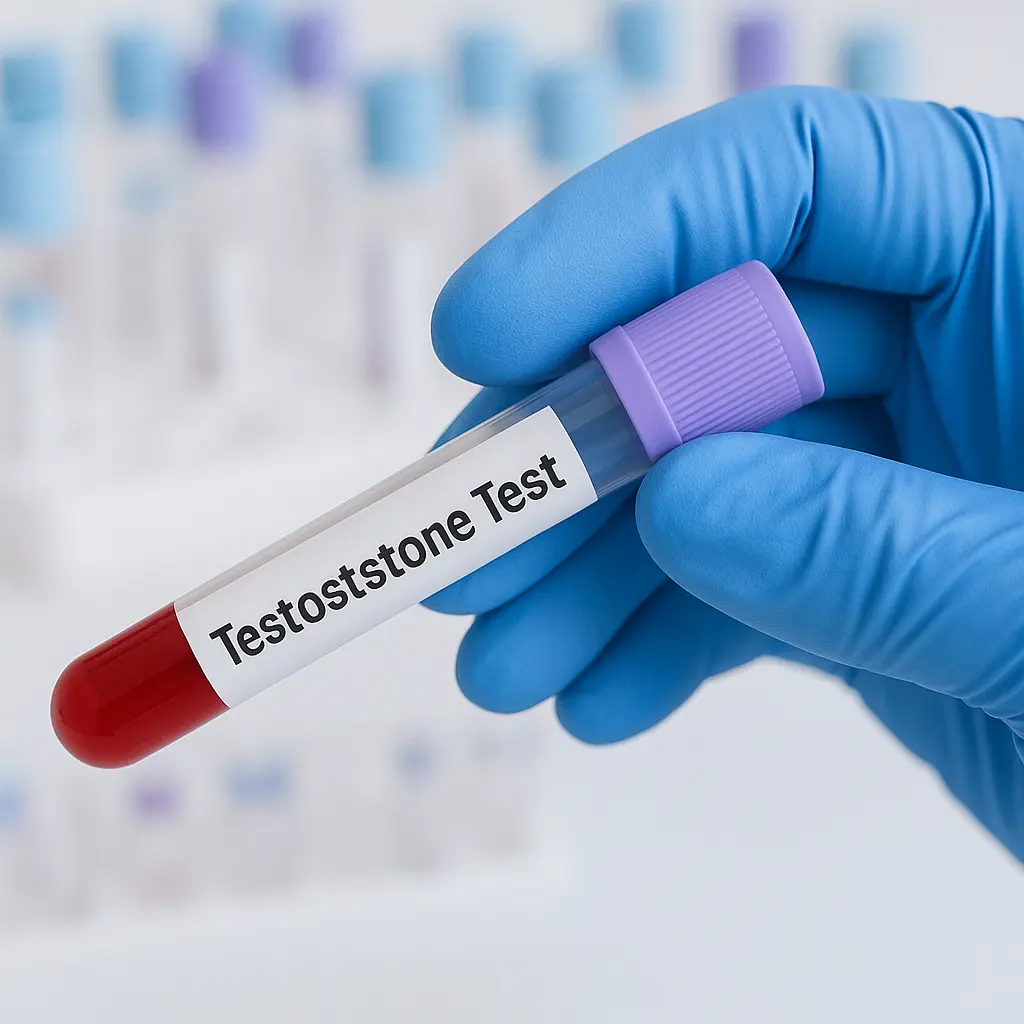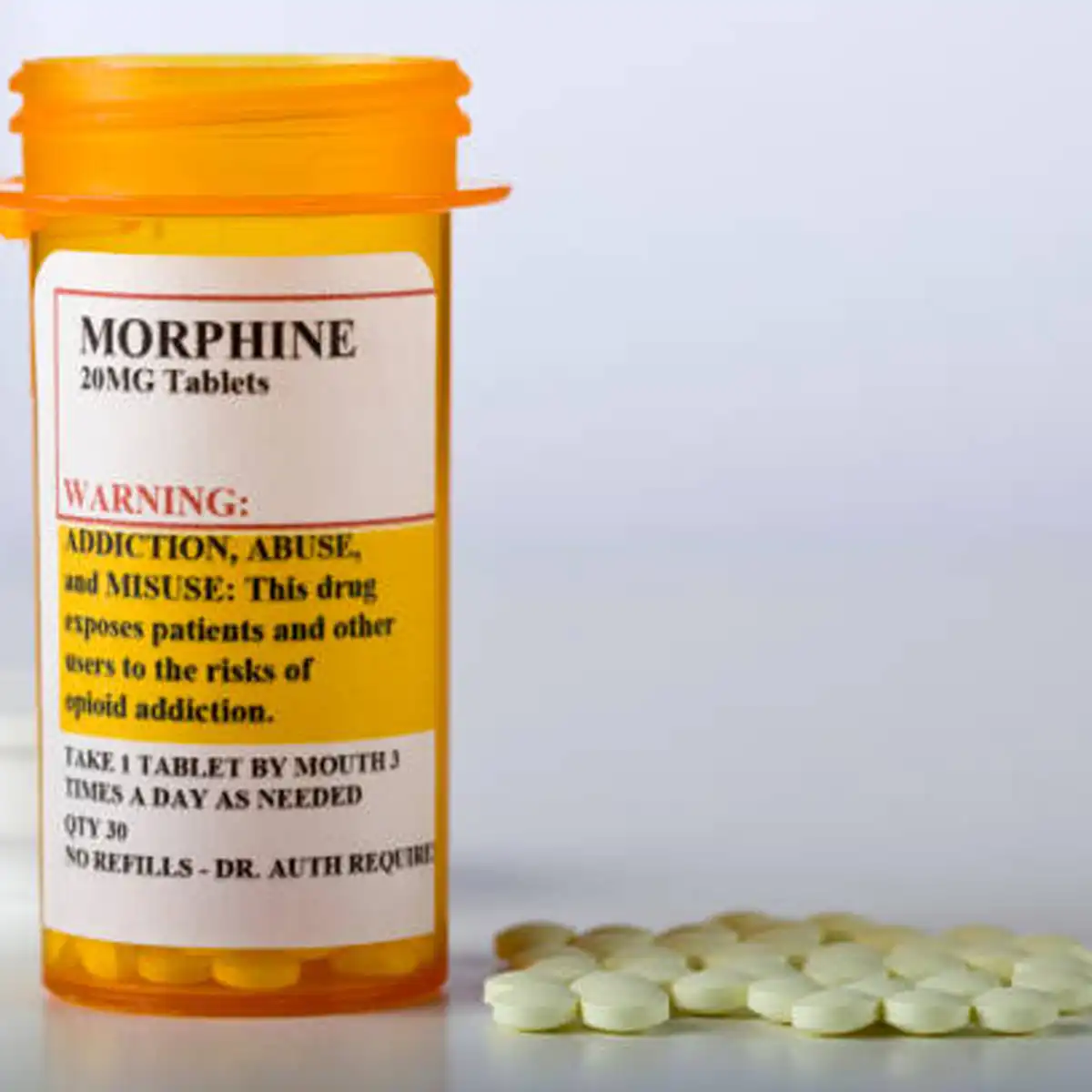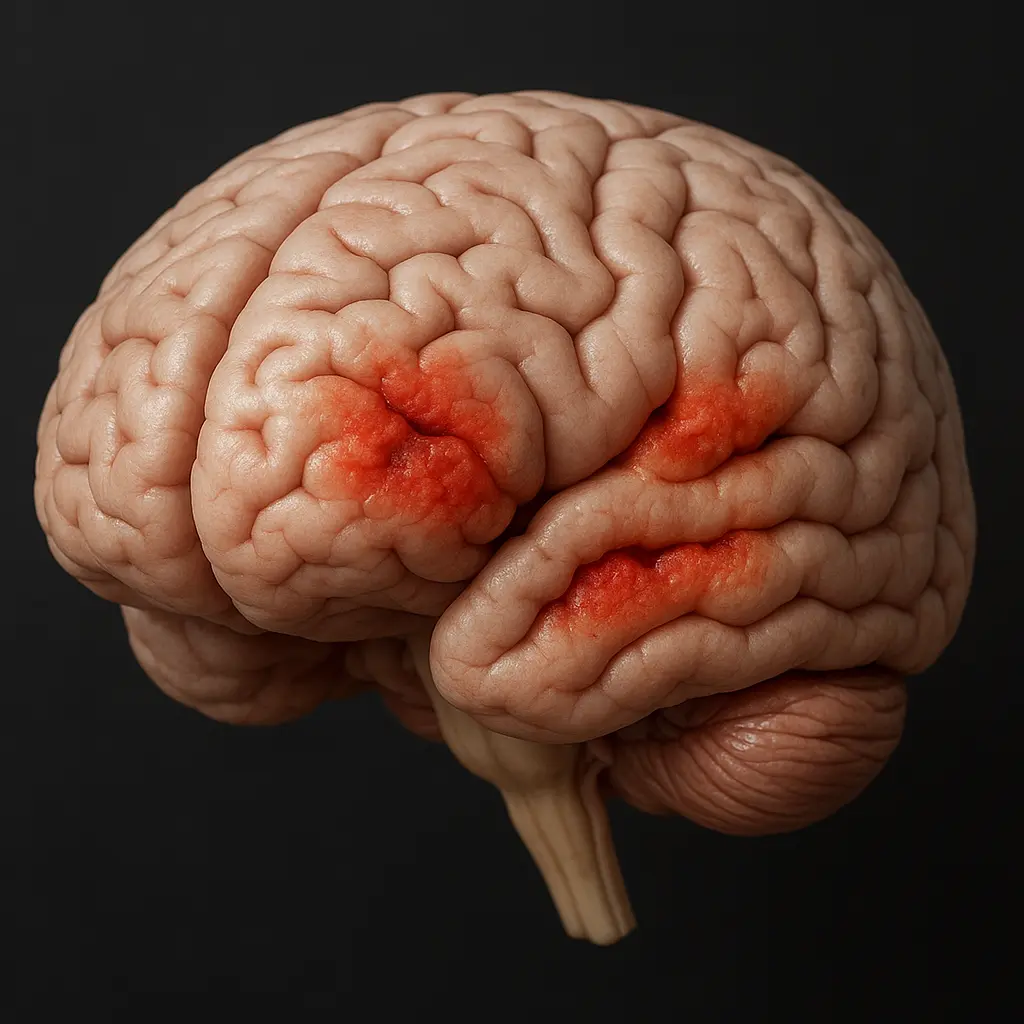Testosterone replacement therapy in the UK 2025 evidence based guidance for healthcare professionals
Testosterone replacement therapy is widely requested, yet appropriate use depends on accurate diagnosis. True androgen deficiency is a clinical and biochemical syndrome. Symptoms must align with repeatedly low serum testosterone measured under standardised conditions. The British Society for Sexual Medicine prefers the term testosterone deficiency because hypogonadism can imply broader gonadal dysfunction. Robust assessment reduces misdiagnosis, avoids overtreatment, and directs patients with reversible causes to first line lifestyle interventions.
Testosterone deficiency affects an estimated 2.1% to 5.7% of men aged 40 to 70. The condition influences sexual function, mood, body composition, bone health, and overall well-being. Many symptoms overlap with other disorders, so structured history, examination, and targeted tests are essential before any prescription is considered.
Aetiology and classification across the HPT axis
Clinicians should classify deficiency by the level of disruption in the hypothalamic pituitary testicular axis. This informs prognosis and therapy.
Primary hypogonadism reflects intrinsic testicular dysfunction. Biochemistry shows low total testosterone with raised LH and FSH. Causes include Klinefelter syndrome, testicular injury, orchitis, chemotherapy or radiotherapy, and anorchia.
Secondary hypogonadism reflects insufficient hypothalamic or pituitary drive. Biochemistry shows low testosterone with inappropriately low or normal gonadotropins. Causes include pituitary adenoma, hyperprolactinaemia, traumatic brain injury, and genetic disorders of pituitary development.
Functional hypogonadism also called non gonadal illness requires special attention. The axis is structurally intact, yet systemic factors suppress testosterone. Common contributors include obesity, type 2 diabetes, alcohol excess, malnutrition, and medicines such as long term opioids, anticonvulsants, and antipsychotics. This diagnosis is one of exclusion. Management should prioritise underlying drivers. Sustained weight loss can normalise testosterone and improve cardiometabolic risk, outcomes that are not guaranteed with TRT alone. Starting lifelong hormones without addressing reversible causes risks masking the problem and missing broader health gains.


Recognising the clinical picture
History taking should map symptom clusters by specificity.
Specific sexual symptoms include reduced libido, erectile dysfunction, loss of spontaneous morning or nocturnal erections, decreased frequency of sexual thoughts, and delayed ejaculation. Sexual symptoms are the most predictive. Absence of morning erections is a strong diagnostic clue and has been linked to future cardiovascular risk.
Suggestive physical features include reduced muscle mass and strength, increased visceral fat, gynaecomastia, reduced facial and body hair with less frequent shaving, osteoporosis or low trauma fractures, hot flushes, and fatigue.
Non specific psychological and cognitive complaints include low mood, anxiety or irritability, poor concentration, memory concerns, low motivation, and sleep disturbance. These are common in many conditions and do not reliably respond to testosterone alone.
Diagnostic standards used in the UK
Diagnosis should align with guidance from the BSSM and the Society for Endocrinology. Both require persistent symptoms plus confirmatory biochemistry.
Biochemical protocol: measure serum total testosterone on two separate mornings between 07:00 and 11:00. Prefer fasting samples because glucose ingestion can transiently suppress testosterone. Use the same laboratory where possible to reduce assay variability.
Clinical assessment: record height, weight, BMI, and waist circumference. Examine for gynaecomastia and hair distribution. Examine external genitalia, including testicular size and consistency, and assess for varicocele or atrophy. In men over 45 or at higher risk, perform a digital rectal examination and obtain baseline PSA before therapy consideration.
Interpreting blood results with thresholds and differentials
Laboratory thresholds should be read against local reference ranges and clinical context.
Total testosterone less than 8 nmol/L supports deficiency, and treatment is usually indicated if symptoms match. Results between 8 and 12 nmol/L fall into a diagnostic grey zone. In this range, some clinicians consider a time-limited therapeutic trial in symptomatic men. Levels above 12 nmol/L are typically normal, so seek alternative explanations for symptoms.
LH and FSH inform localisation. High gonadotropins with low testosterone indicate primary testicular failure. Low or normal gonadotropins with low testosterone indicate secondary causes.
SHBG measurement supports decision making in borderline cases or where SHBG is altered by obesity, ageing, liver disease, thyroid disease, HIV, or medications. Calculate free testosterone when SHBG is abnormal, as FT may better reflect androgen status.
Measure prolactin in confirmed secondary hypogonadism, particularly when total testosterone is very low, to exclude a prolactin-secreting tumour.
Service context matters. Many NHS pathways treat only at unequivocally low thresholds, often below 8 or 8.6 nmol/L. Private pathways may offer a supervised trial for symptomatic men at 8 to 12 nmol/L. The difference drives divergent patient experiences and contributes to growth of private services for men who do not meet stricter NHS criteria.
Patient routes to care in the UK
Access differs by setting and influences speed, breadth of testing, and available formulations.
The NHS pathway
Patients usually start with a GP. Non specific symptoms may first trigger alternative workups. If testosterone deficiency is suspected, the GP arranges morning blood tests. Many trusts apply strict criteria and will not initiate treatment unless levels are clearly low. Confirmed cases are referred to endocrinology. Waiting times can be long. Formularies are conservative, commonly offering Testogel or long acting testosterone undecanoate (Nebido) once criteria are met.
The private pathway
Patients can self refer to CQC-registered clinics. Appointments are usually faster. Workup often includes broader panels, such as free testosterone, SHBG, oestradiol, prolactin, full blood count, and metabolic markers. Private clinics may treat symptomatic men in the grey zone, with wider access to esters such as enanthate or cypionate, compounded creams, and adjuncts like HCG for fertility preservation or aromatase inhibitors for oestrogen control. Costs are significant and include consultation fees, laboratory panels, and ongoing medication.
Comparative features
Access is GP-gated on the NHS, rapid by self referral in private care. Waiting times differ by months versus days or weeks. Diagnostic criteria are stricter in the NHS. Blood panels are broader in private clinics. Therapeutic options are wider in private care, while NHS formularies remain focused on licensed, cost effective choices. Monitoring schedules tend to be more proactive in private settings, with structured reviews at 3, 6, and 12 months before moving to annual checks. Out of pocket costs are minimal within the NHS and substantial in private care.
Legal status and risks of unregulated supply
Testosterone is a controlled drug in the UK. Possession without a valid prescription from a GMC-registered prescriber is illegal. Importing medicines for personal use without a valid prescription breaches human medicines law. Unregulated online supply carries considerable health risks: counterfeit or contaminated products, variable dose content, and no monitoring for adverse events. Healthcare professionals should direct patients only to CQC-registered providers and legitimate pharmacies. Verification of prescriber registration, identity checks, and documented monitoring protocols are the minimum safety standards for any remote service.
Real fact: In January 2023 the MHRA issued a safety alert on accidental transfer of topical testosterone, citing reports of virilisation in women and premature puberty in children following skin contact with gel application sites.
Pharmaceutical options and counselling points
Choice of formulation should consider patient preference, pharmacokinetics, fertility plans, adherence, and cost. Start with options that enable careful titration and early detection of adverse effects.
Transdermal gels and creams
Transdermal products provide physiological daily exposure when applied in the morning. Licensed products include Testogel, Tostran, and Testavan. Application sites differ by brand but usually include upper arms, shoulders, or abdomen. Do not apply to genitals because high alcohol content can irritate skin. Advantages include self administration, quick onset, and stable levels. Key risk is accidental transfer. Counsel patients to wash hands after application, allow gel to dry fully, cover the site with clothing, and wash the area before any expected skin contact.
Intramuscular injections
Long acting testosterone undecanoate is given as 1000 mg in 4 ml deep IM injection in the gluteal muscle. After a 6 week second dose, maintenance injections follow every 10 to 14 weeks. Advantages include stable levels and infrequent dosing. The injection must be slow to reduce risk of pulmonary oil microembolism. Short acting options include mixed esters such as Sustanon 250 or single esters such as enanthate or cypionate, commonly used in private care. These can lead to peaks and troughs with variability in mood and energy. Sustanon 250 contains arachis oil and is contraindicated in patients with peanut or soya allergy. With appropriate training, some patients self administer subcutaneously.
Oral testosterone undecanoate
Modern capsules such as Jatenzo or older Andriol Testocaps use lymphatic absorption to reduce first pass hepatic metabolism. Dosing typically requires two or three doses daily with food. Advantages are convenience and avoidance of transfer risk. Disadvantages include variable absorption and less precise dose control compared with parenteral or transdermal routes.
Adjunctive and alternative agents
HCG can preserve intratesticular testosterone and spermatogenesis in men who need exogenous testosterone yet wish to maintain fertility. SERMs such as clomifene or enclomifene may raise endogenous testosterone for secondary hypogonadism where fertility is a priority, acting by blocking oestrogen feedback at the pituitary. Aromatase inhibitors such as anastrozole may be used selectively when oestradiol rises and contributes to gynaecomastia or other symptoms, particularly in men with higher adiposity. Many of these uses are outside standard NHS pathways and require careful oversight.
Clinical efficacy across outcomes that matter to patients
Evidence from randomised trials, systematic reviews, and guideline assessments supports targeted benefits and clarifies limitations.
Sexual function: TRT improves libido, erectile function, and sexual satisfaction compared with placebo. Effects are modest yet clinically meaningful, and strongest in men with the lowest baseline levels. In men with erectile dysfunction and total testosterone below 8 nmol/L, replacement is appropriate. Combination therapy with a PDE5 inhibitor is reasonable when response to PDE5 alone is inadequate, particularly if testosterone is below 10.4 nmol/L.
Body composition and strength: Testosterone increases lean mass and reduces fat mass, with preferential effects on visceral adiposity. Strength and functional performance improve alongside mass gains, supporting rehabilitation goals in symptomatic men.
Bone health: Replacement improves bone mineral density at the lumbar spine and hip in men with deficiency. Long term fracture data remain limited, yet densitometric gains and improved muscle function support skeletal protection.
Metabolic health: Low testosterone correlates with insulin resistance and incident T2DM. Trials show improvements in insulin sensitivity, HbA1c, and lipids in selected populations. The T4DM trial found that testosterone plus structured lifestyle support reduced progression to T2DM by 41% in high risk men. Current guidance does not recommend testosterone solely to treat glycaemia. It remains an adjunct to diet, activity, and evidence-based diabetes care.
Cardiovascular outcomes: Concerns about major adverse cardiovascular events have eased. Large trial data show no excess in the composite of cardiovascular death, non fatal myocardial infarction, and non fatal stroke in appropriately selected men. Some signals, including atrial fibrillation, pulmonary embolism, and acute kidney injury, were higher with therapy, so clinicians should maintain vigilance and individualise risk management.
Mood, cognition, and quality of life: Effects on mood are variable. Some patients report improved well-being and lower depressive symptoms, yet pooled analyses show mixed results. Evidence for cognitive enhancement is inconsistent. Quality of life improves for many men through combined effects on sexual function, energy, and physical performance. Manage expectations accordingly.
Safety profile and risk management in practice for TRT
When monitored correctly, risks are identifiable and manageable. The focus should move from outdated concerns to evidence-based surveillance.
Cardiovascular safety: Current data indicate no increase in major adverse cardiovascular events with appropriate selection and dosing. Monitor for thromboembolic events and arrhythmia, especially in men with obesity, immobility, or prior VTE.
Prostate health: Evidence does not show increased de novo prostate cancer risk in men without the disease. Testosterone may stimulate growth of occult malignancy. Obtain baseline PSA and DRE where indicated, and monitor regularly. Watch for worsening lower urinary tract symptoms in those with pre-existing benign prostatic hyperplasia.
Haematology: Erythrocytosis is the most common dose-related adverse effect, more frequent with injections than gels. Rising haematocrit increases blood viscosity and thrombotic risk. Check full blood count at baseline, then at 3, 6, and 12 months, and at least annually thereafter. If haematocrit exceeds 54%, stop therapy, investigate contributory factors such as sleep apnoea or hypoxia, and restart at a lower dose or with an alternative formulation once safe.
Fertility: Exogenous testosterone suppresses gonadotropins and spermatogenesis. Counselling must be explicit. Men with current or future fertility goals should avoid TRT or use fertility-sparing regimens under specialist care.
Gynaecomastia: May occur via aromatisation to oestradiol, particularly with higher adiposity. Manage by dose adjustment, addressing weight, or selective use of aromatase inhibitors when clinically justified.
Topical transfer: Reinforce MHRA guidance on gels to prevent accidental exposure to partners or children. Proper application, drying time, clothing coverage, and washing before contact are mandatory.
Absolute contraindications include active or suspected prostate cancer, male breast cancer, baseline haematocrit above 54%, NYHA class IV heart failure, and any man with an active desire for fertility. Relative cautions include recent myocardial infarction or stroke, known thrombophilia, untreated severe obstructive sleep apnoea, and severe lower urinary tract symptoms.
Monitoring and long term management
Safe long term care depends on a standardised protocol and consistent follow up.
Baseline assessment: Document cardiovascular risk factors, family history of prostate cancer, urinary symptoms, sleep quality, and fertility intentions. Record blood pressure, BMI, and perform DRE where indicated. Obtain two morning total testosterone tests, LH, FSH, full blood count, PSA, liver function, renal function, and lipid profile.
Follow up schedule: Review at 3 months, 6 months, and 12 months after starting therapy. Thereafter review at least annually for stable patients. Each review should assess symptom response, adverse effects, blood pressure, and adherence. Order tests tailored to formulation and risk, including testosterone, full blood count, PSA, and chemistry panels as appropriate.
Titration and sampling timing: For gels, draw blood 2 to 6 hours after application, avoiding the application arm for venepuncture to prevent contamination. For testosterone undecanoate, measure a trough immediately before the next injection and adjust interval accordingly. For short acting esters, consider mid-cycle measurement to estimate peak and adjust dose or interval to minimise fluctuations.
Action thresholds: Stop therapy if haematocrit exceeds 54% and investigate causes. Stop therapy and refer urgently if PSA rises by more than 1.4 ng/mL in any 12 month period or if DRE becomes abnormal. Consider discontinuation if there is no meaningful symptomatic benefit after an adequate trial. Reevaluate diagnosis and comorbid contributors.
System performance: Audits in UK settings report variable adherence to monitoring standards. The most important safety indicator in daily practice is a reliable FBC schedule with clear triggers for action. Documented protocols shared across prescribers, laboratories, and pharmacies reduce errors and delays.
The pharmacist’s role in safe delivery
Pharmacists anchor safety across fragmented pathways. They ensure lawful supply, provide practical counselling, verify prescriber legitimacy, and spot early signs of harm.
Standards of practice: Person-centred advice builds adherence. Clear communication covers correct use, risks, and the monitoring timetable. Professional knowledge must include current MHRA alerts and relevant endocrine guidance. Judgement is essential when prescriptions come from unfamiliar online services. As testosterone is a controlled drug, the Responsible Pharmacist must secure appropriate storage, records, and audit trails.
Counselling by formulation: For gels, demonstrate application method, stress hand washing with soap and water, ensure full drying before clothing, and advise washing the site before anticipated skin contact for at least the first two hours. For injections, confirm training in sterile technique and safe sharps disposal for self administration, or reinforce attendance for scheduled clinic injections in the case of long acting products. For all formulations, manage expectations: sexual benefits may appear within weeks, body composition and strength over months, and bone density over longer periods.
Interactions and red flags: Check for increased anticoagulant effect with warfarin and adjust INR monitoring. Advise people with diabetes that glucose control may improve and medicines may need adjustment. Be cautious with corticosteroids or ACTH because of fluid retention risk. Escalate promptly for unilateral leg swelling, chest pain, dyspnoea, sudden palpitations, rapid LUTS worsening, or signs of heart failure.
Service continuity: Community pharmacies often provide the most consistent point of contact across NHS and private care. By reinforcing attendance for blood tests and verifying that prescribers are GMC registered and services are CQC registered, pharmacists reduce risk in a landscape that now includes remote consultations and subscription models.
Practical summary for decision making
Use symptoms plus repeated morning biochemistry to confirm genuine deficiency. Classify primary, secondary, or functional causes and treat drivers such as obesity first when appropriate. Choose a formulation that fits the patient’s life while enabling accurate titration and surveillance. Monitor haematocrit, PSA, and testosterone at defined intervals. Stop or adjust treatment when thresholds are crossed or benefits fail to appear. Keep care within regulated pathways. Engage pharmacists as partners in adherence and safety.
Conclusion and clinical direction
Search intent in this topic is precise. Clinicians want clear standards for diagnosis, safe initiation, and credible expectations of benefit. The evidence now supports targeted use of testosterone replacement therapy for men with verified deficiency, with the strongest gains in sexual function, body composition, and bone density. Cardiovascular fears have eased with modern data, yet vigilance for erythrocytosis, thromboembolism, and arrhythmia remains necessary. The most important safeguard is disciplined monitoring, not speculative restriction or unchecked enthusiasm. Think in systems: confirm the diagnosis, address reversible drivers, select the right formulation, measure at the right time, and act on predefined thresholds. Do this consistently and patients will receive the real benefits while avoiding preventable harm. Like calibrating an instrument, small, regular adjustments sustain fidelity. Therapy works best when the whole pathway stays in tune.








